

Also by

J.E. WILLIAMS
The Andean Codex: Adventures and Initiations Among the Peruvian Shamans
Winter Rain (poetry)
Prolonging Health: Mastering the 10 Factors of Longevity
Viral Immunity: A 10-Step Plan to Enhance Your Immunity Against Viral Disease Using Natural Medicines
Beating the Flu: The Natural Prescription for Surviving Pandemic Influenza and Bird Flu
LIGHT
of the
ANDES

J.E. WILLIAMS
LIGHT
of the
ANDES
In Search of Shamanic
Wisdom in Peru

Copyright 2012 by J.E. Williams
All rights reserved. Printed in the United States of America.
No part of this book may be used or reproduced in any manner without written permission except for brief quotations for review purposes only
Title image: North face of Ausangate
Cover image and interior photographs by J.E. Williams
Cover and interior design: ital art by Mariah Fox
Map by Grupo Geo Graphos S.R.L., Miraflores, Peru
Light of the Andes is published by Irie Books and sponsored by AyniGLOBAL, a non-profit organization dedicated to indigenous wisdom, including producing literature, film, and workshops on the relationship of humans and nature, earth-based wisdom, and optimal personal health of mind and body
Inquiries, please contact Dr. Williams
Phone: (941) 929-1901
Fax: (941) 929-1903
Email:
ISBN 10: 1-61720-374-2
ISBN 13: 9781617203749
First Edition
10 9 8 7 6 5 4 3 2 1
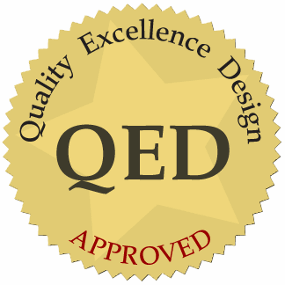
QED stands for Quality, Excellence and Design. The QED seal of approval shown here verifies that this eBook has passed a rigorous quality assurance process and will render well in most eBook reading platforms.
All eBook files created by eBook Architects are independently tested and certified with the QED seal. For more information please see:
ebookarchitects.com/QED.php

For the coming generations,
who will create a new world.

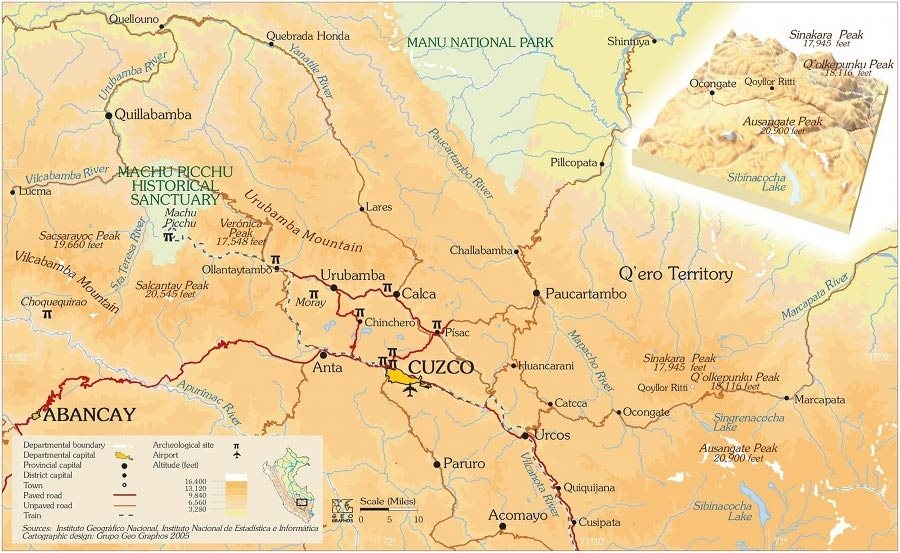
Greater Cuzco area from Machu Picchu to Ausangate Peak, including Qero Territory.
To develop a sense of universal responsibility, of the universal dimension of our every act and of the equal right of all others to happiness and not to suffer, is to develop an attitude of mind whereby, when we see an opportunity to benefit others, we will take it in preference to merely looking after our own narrow interest.
 The Dalai Lama
The Dalai Lama

Sebastian playing Qero flute.

AUTHORS NOTE ON

QUECHUA TERMS
I t is extremely difficult to translate the complex cosmology and ancient spiritual teachings of the Qero into English. For one, there are many variations of phonetic Quechua spellings. For example: Cuzco, Cusco, Qosqo. or Inca, Inka. In this book, I choose accepted spelling for places, like Cusco, and daily items even if different from the dictionary. Another reason is that Quechua is a spoken language, written Quechua being a recent development. In spoken Quechua, single words tend to be linked together, forming sequences that build concepts leading to encompassing philosophical statements of worldview leaving individual words or explanatory sentences inadequate. These multiword constructs are not listed in Quechua dictionaries, yet native speakers understand them with ease. To their ear, the words flow like water over stones, polishing until smooth. In keeping with spoken Quechua, in an attempt to retain their poetic, dreamlike quality, I link words as consistent with common usage.
For consistency in this book, Ive used Quechua spellings from the Diccionario Quechua-Espanol-Quechua by The Academia Mayor de la Lengua Quechua in Cusco. regional variations among Andean Quechua speakers, not all the words and terms used by the Qero in this book are found in that dictionary. In fact, many Quechua words in this book are part of an ancient language spoken by the Inkas.
Common Quechua, Runasimi, was the language originally spoken in pre-Inkan times by the people of the Andean highland valleys in the Cusco area. The Inkan royalty, who came from outside of the Cusco valley, had their own language that scholars believe was related to Chimu, a now extinct language spoken by a pre-Inkan Peruvian coastal civilization centered around Chan Chan, near the site of the current day city of Trujillo on the Pacific in the north of Peru. After establishing Cusco (Navel of the World) as the capital city of the Inkan empire, Tahuantinsuyu (Empire of the Four Directions), the Inkas adopted Quechua as the official language of the empire, but continued to use their private language among themselves and the priestly class. Because the Inkas had no formal written language that we know of, this sacred language is hardly known, though still in use among elder Qero shamans.
Many of the words and terms used in this book, as held by the Qero, are in the original sacred language of the Inkan royalty, and therefore are not found in any Quechua dictionary. In these cases, Ive attempted to come as close to the form of spelling used by the Academia Mayor, and according to Sebastians wishes, I refer to these ancient terms in this book as Sacred Runasimi.

Santiago and Sebastian in Cusco.
PREFACE
I never was good at being the invisible witness, the objective ethnographer observing impersonally the lives of human subjects. It did not work for me in 1967 when I lived with the Yupik people of St. Lawrence Island in the Bering Sea, and it does not apply to my work with the Qero. In keeping with the legacy of my fieldwork, The Light of the Andes is a work of hybrid ethnography and spiritual anthropology about the teachings of Ayni, the Qero way of knowledge and being. It is not a record of events and things. Rather, it forms a personal narrative, an allegory of seeking and discovery that documents the events that lead to the journey and high-altitude initiation on Ausangate with the traditional Qero shaman and wisdom keeper, Sebastian Pauccar Flores, in 2008.
Next page
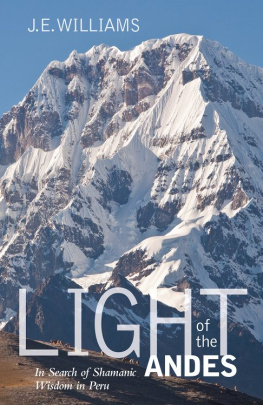
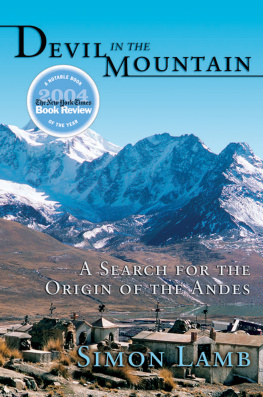

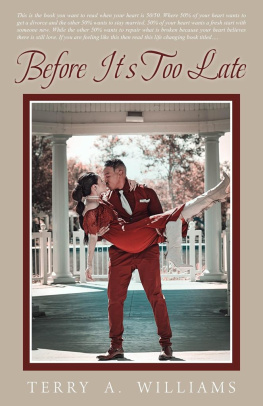

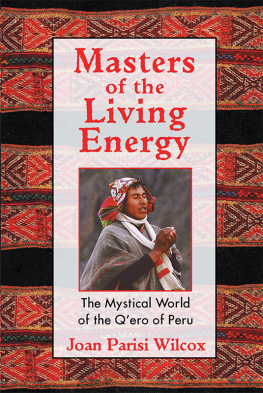

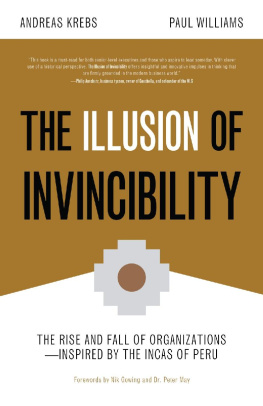


 Also by
Also by 




